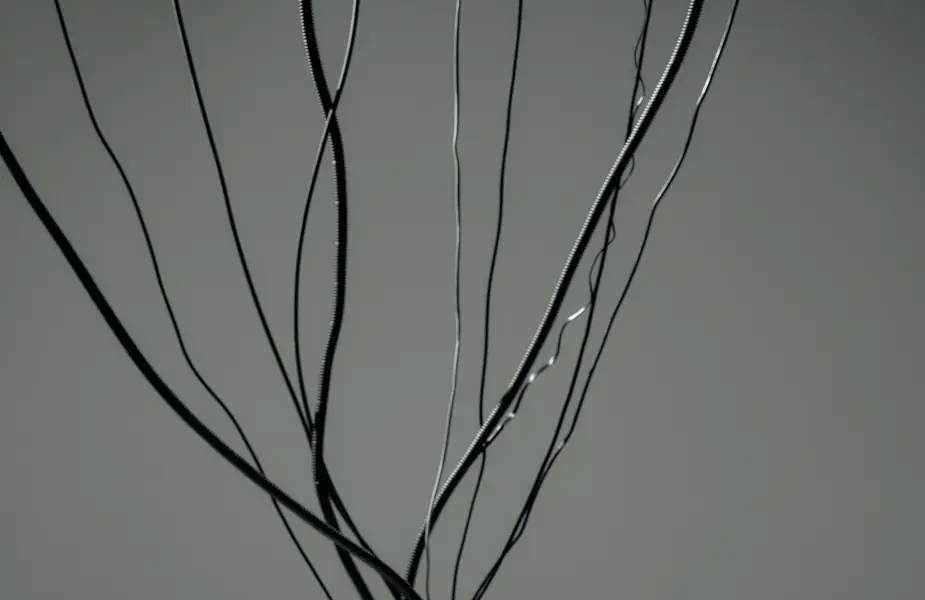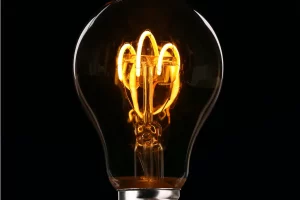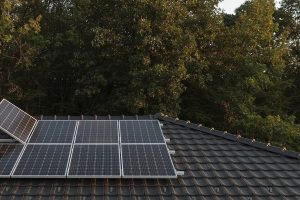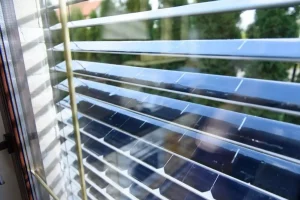When it comes to connecting solar panels, choosing the right configuration is crucial for optimizing the performance and efficiency of your solar power system. Two common options for connecting solar panels are in parallel and in series.

Each configuration has its own advantages and considerations that can significantly impact the overall power output and system design. In this article, we delve into the world of connecting solar panels in parallel or in series, exploring the benefits, limitations, and factors to consider when making this decision.
Should you connect solar panels in series or in parallel
When connecting solar panels, you have two primary options: connecting them in parallel or in series. Here are three key points to consider regarding connecting solar panels in parallel or in series.
When to connect solar panels in parallel
Connecting solar panels in parallel means that the positive terminals are connected together, and the negative terminals are connected together.
This configuration allows each panel to operate independently, maintaining its voltage while increasing the total current output.
Parallel connections are useful when you want to maintain the system’s voltage but increase the overall power output. It is commonly used in situations where shading or different orientations affect individual panels’ performance.
When to connect solar panels in series
Connecting solar panels in series involves connecting the positive terminal of one panel to the negative terminal of the next panel, creating a continuous loop. This configuration adds up the voltage of each panel, while the current remains the same across all panels.
Series connections are beneficial when you need to increase the overall system voltage while maintaining the current. It is often used to match the system voltage requirements or reduce the wire size for long-distance transmission.
When to connect solar panels in series – video explanation
What you should consider before connecting solar panels
The decision to connect solar panels in parallel or series depends on specific factors such as system voltage requirements, shading conditions, available space, and the wiring setup. Parallel connections are suitable when shading or different orientations affect panel performance, while series connections are useful when the system voltage needs to be increased.
It’s important to consider the specifications of your solar panels, the inverter capabilities, and the overall design of the solar power system to determine the appropriate connection configuration.
Conclusion
Connecting solar panels in parallel allows for maintaining voltage while increasing current output, while connecting them in series increases the system voltage while maintaining the current.
The choice between parallel and series connections depends on the specific requirements of your solar power system, taking into account factors such as shading, available space, and system voltage needs.
Consulting with a professional or following manufacturer guidelines can help ensure the optimal configuration for your solar panel setup.



